Florida shelters can help during storms. Why don’t more people use them?
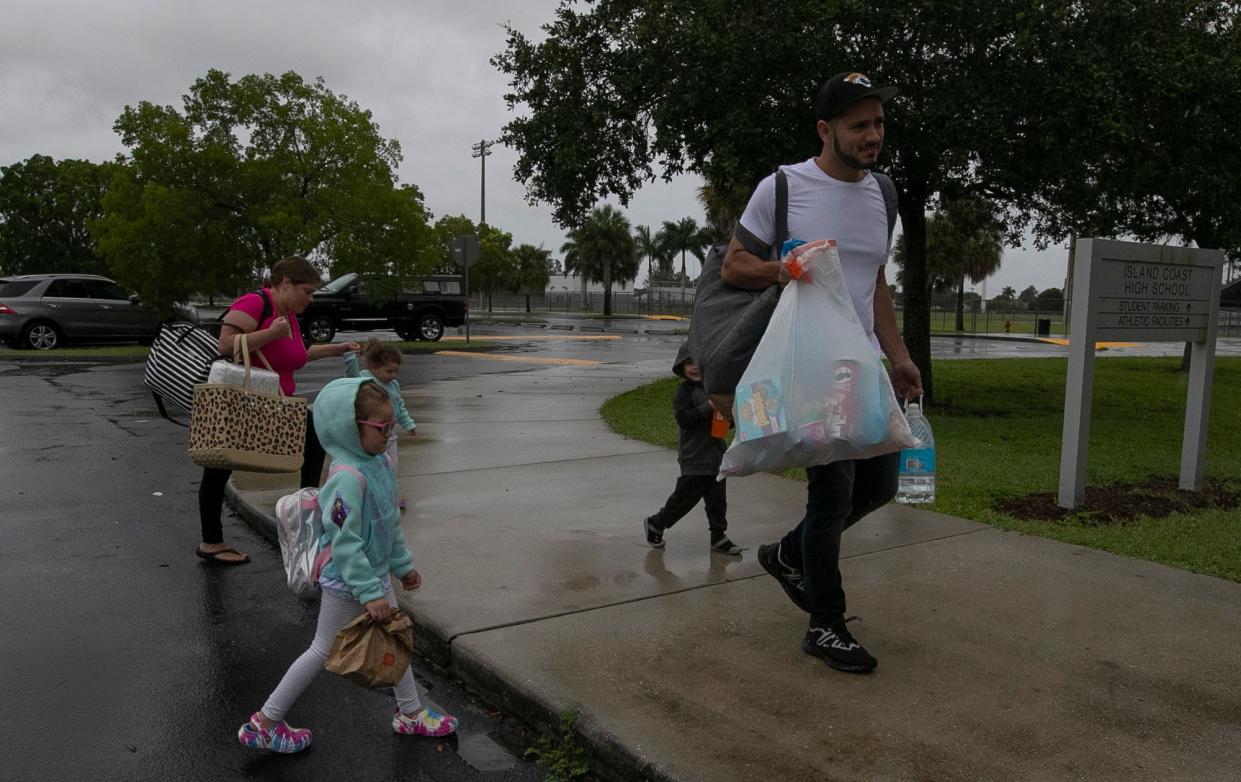
More than 3 million adults were forced to evacuate their homes in 2022 due to serious weather events, the U.S. Census Bureau Household Pulse Survey found.
Such episodes are stressful for those needing care and for those who give it. To a caregiver, the thought of their loved one being alone during a storm is concerning. Yet what options does the caregiver have to ensure the safety of a person with dementia or disabilities who might not easily fend for themselves as winds howl, rain falls and the power grid fails?
That’s a question of both personal importance and professional curiosity to Lindsay Peterson, research assistant professor in the School of Aging Studies at the University of South Florida. She recalled in an interview how her mother-in-law had been living with her while in hospice care and died before a hurricane struck.
“This might sound strange…but I remember thinking to myself, ‘I’m so glad she didn’t have to go through this, because I don’t know what we would have done.’ We had no preparations for that. We hadn’t made any disaster plans," she said.
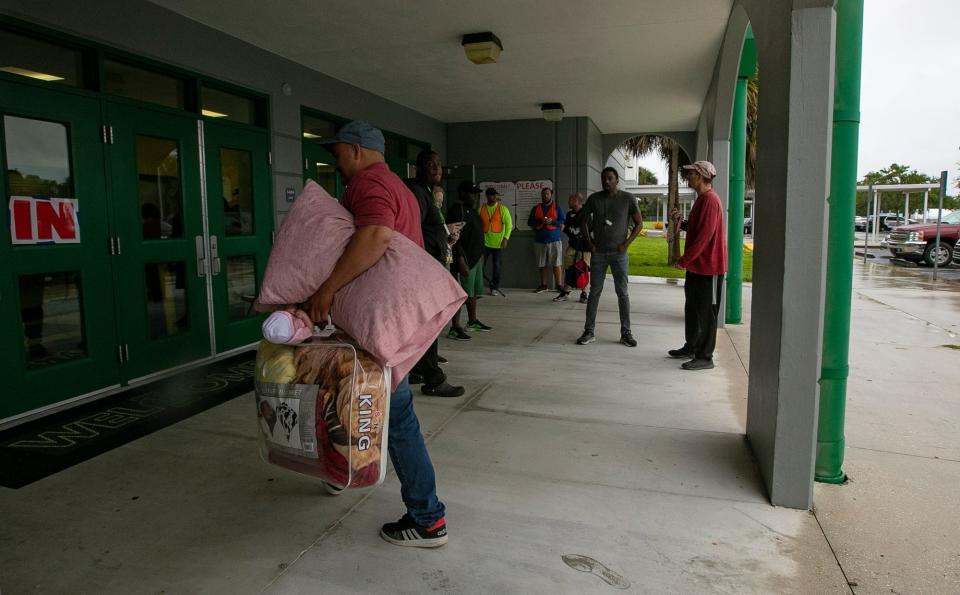
“I can understand the confusion and the fear that people confront and why some people don't plan,” Peterson said. “When you're in the midst of taking care of somebody, it's other things on your mind every day.”
Buffalo blizzard: How a catastrophic storm response failed a woman in life, then in death
Peterson was part of a research team that received a National Institutes of Health grant to study the effects of Hurricane Irma in Florida in 2017 on nursing home and assisted living residents. And that led her to become more curious about disaster preparedness related to caregiving; she has studied this with the support of an RRF Foundation for Aging grant.
Among the options with which Peterson is familiar are Florida’s special needs shelters, run by counties across Florida. When Hurricane Irma struck the state’s Gulf Coast and the even-more-destructive Hurricane Ian wreaked havoc in southwest Florida nearly a year ago, places like Palmetto Ridge High School in Naples became special needs shelters — a potential haven for persons needing care.
Caregivers: In severe storms, caregivers a forgotten lifeline
What are special needs shelters and who are they for?
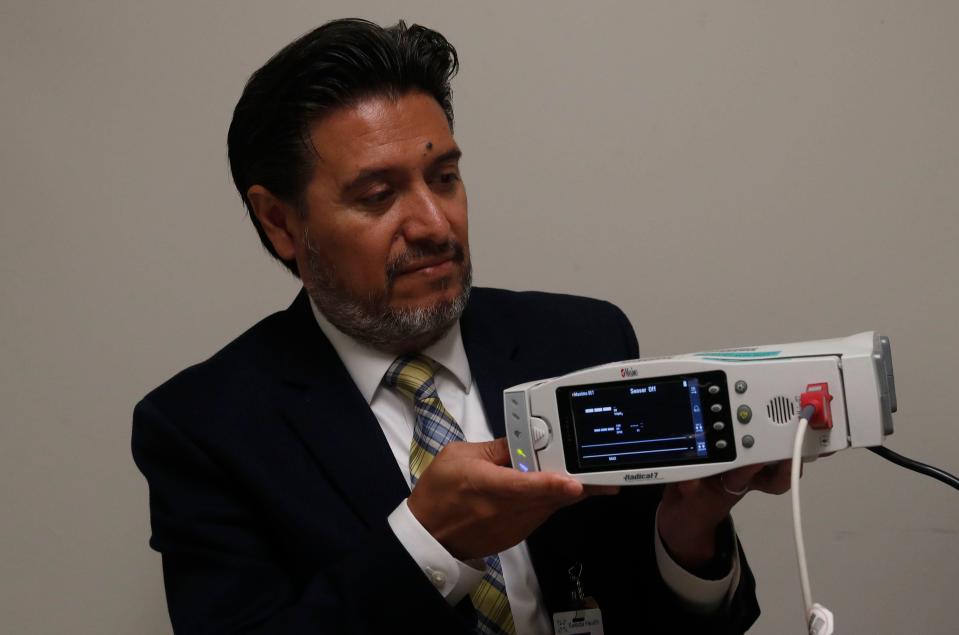
Special needs shelters are provided for residents who depend on electricity to use medical equipment vital to their health, such as an oxygen machine or a nebulizer. The Florida Department of Health runs the shelters, which have generators as a backup in case of a power outage.
Typically, a school building serves as a special needs shelter for those requiring care. A caregiver may stay with that person, and so can a service animal.
In 2016, the Florida Department of Health’s Bureau of Preparedness and Response created the shelters. State guidelines required designing shelters “that would meet the needs of persons whose required assistance exceeded services provided at general population shelters.”
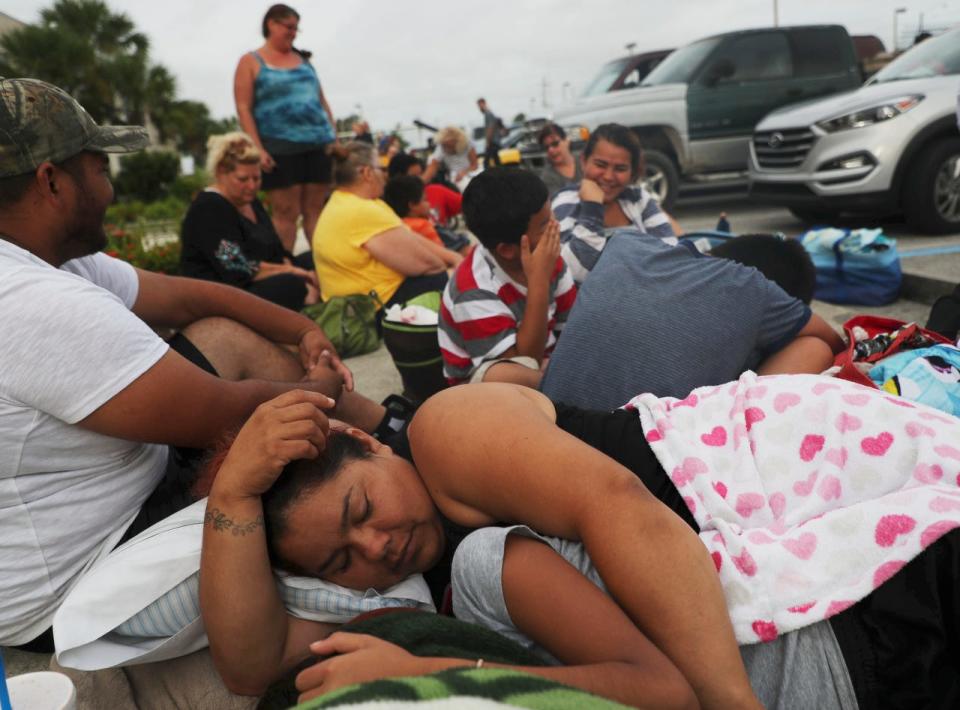
People eligible for the shelters need assistance due to physical, mental or cognitive impairments or have sensory disabilities. Those who need help with basic tasks or use of electronic medical devices and have no other evacuation plans also can use the shelters, the state said.
Buffalo blizzard: Erie County, snowmobile clubs working on formal blizzard agreement
The program also provides transportation to residents who don’t have a way to get to the shelters.
In order to be considered to stay in a special needs shelter and receive services there, a person must complete a registration form. However, registering does not guarantee a person a space in a special needs shelter.
Caregivers: Michigan utility's generator program helps some, but need is great
How much are special needs shelters used during storms?
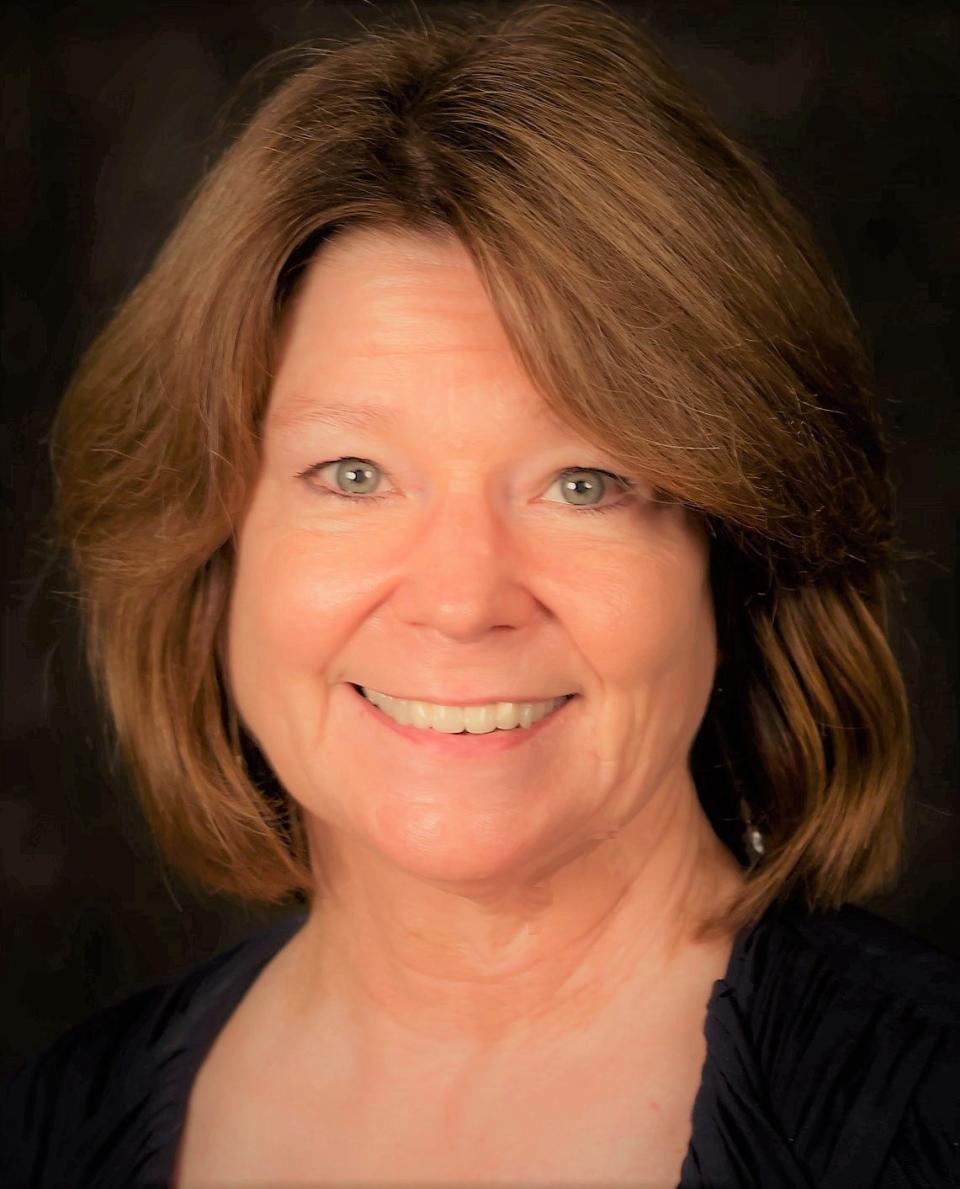
According to state and county officials, the number of people who use special needs shelters can vary, by county and by the extent of storm or natural disaster. “It is not a one-size-fits-all scenario,” said Betsy Clayton, director of the Lee County Office of Communications.
Lee County’s special needs shelter has a capacity of 764. In 2022, during Hurricane Ian, the shelter housed 354 people and 11 animals.
“Lee County shelters have never reached full capacity,” Clayton said.
Caregivers: Survival guide to power outages, extreme weather
According to the Naples Daily News, during Hurricane Irma in 2017, Collier County’s special needs shelter at Palmetto Ridge High School in Naples was at full capacity in aiding and sheltering those needing care. Collier County Department of Health earned the Governor's Sterling Award for excellent performance as a result.
Overall, however, the University of South Florida’s Peterson says, many caregivers in Florida are not necessarily inclined to go with a loved one to a shelter.
“One thing that came out of this about shelters is that they’re very wary of going to a shelter, even a special needs shelter,” Peterson said of her research findings.
Lessons learned and questions about shelter usage
The fact Lee County’s shelter has never come close to being filled raises questions about the extent of its use. Do communications and awareness of the availability of special-needs shelters need to be enhanced? Such shelters are promoted on sites serving older residents such as the Area Agency on Aging for Southwest Florida website, but is that sufficient?
Disaster officials and researchers think that many people prefer to ride out a storm at home.
According to the Reuters news agency last year, many southwestern Floridians chose to stay at home as Hurricane Ian approached.
Says Peterson: “Some who had had their loved ones in a shelter had bad experiences of the person they were with being disoriented and upset. And others were just frightened by the thought of the person they care for being in this environment, that it is a shelter, but it's chaotic. It's noisy. There's no privacy.”
Some caregivers, Peterson said, worry their loved one would not be near a restroom or that they might wind up having to change clothes in the view of others. She cited the experiences of persons in an assisted-living facility who were evacuated during one storm at the last minute to a shelter.
“The people there didn't know where they were, they didn't know why they were there,” Peterson said. “They didn't feel comfortable. Many of them were crying. And so this is an area of concern.”
Hurricane Ian was far more destructive than previous hurricanes in the southwest part of the state, raising the possibility residents will be more likely to evacuate. But would they necessarily end up in a special needs shelter?
The jury remains out.
When Hurricane Idalia struck northwestern Florida in late August, the Ocala Star-Banner reported that “at West Port High School, which hosts a special-needs shelter, there were 11 people registered as of 10:55 a.m. The shelter is capable of hosting nearly 600 people.”
Limits of special needs shelters for persons needing care
According to the Naples Daily News, Hurricane Irma caused many power outages throughout Southwest Florida, including that of the special needs shelter at Palmetto Ridge High School. The school’s generator failed to work as planned. Requiring a backup generator, little to no power was available except for running required oxygen tanks.
In addition, persons in the shelter didn’t have access to air conditioning or water pressure, leading to poor air quality in inoperable restrooms. Toilets had to be flushed with buckets of water, the News reported.
Beyond limits tied to reliable supply of electricity and water, USF’s Peterson identifies these difficulties as experienced by those who have used shelters:
Decision-making time window: “It used to be these hurricanes kind of lumbered along and you could watch them from a long way out. But hurricane prediction has gotten more difficult.” As a result, by the time a caregiver realizes a special needs shelter might be a necessary option, it could be too late.
Signups: “There’s information out there to be had, but the person needs to know to go on to the county website – what to search and what to read.” Being signed up for the special needs registry is not the same as being signed up to get space in a special needs shelter, she noted.
Making shelter residents feel comfortable: Peterson recommends people running shelters heed a lesson that’s become clear in her research. “It’s really important to try to create a sense of normalcy,” she said. “And it’s really hard when everything is kind of upside down. But there are things you can do to make sure that they have objects and things that they love, and that they care about.”
She cited supplying foods the person needing care likes, and in some cases making it possible to be sheltered with a pet. Perhaps more important, Peterson suggested shelters follow the “comfort room” model seen at airports, “quiet, soft environments for people…with dementia, and … anxiety.”
“Special needs is more related to a specific health care or medical need,” Peterson said. “Not so much a mental health need or emotional health need. And that's what I think is lacking.”
This article originally appeared on Rochester Democrat and Chronicle: During Florida hurricanes, special needs shelters can aid caregivers

